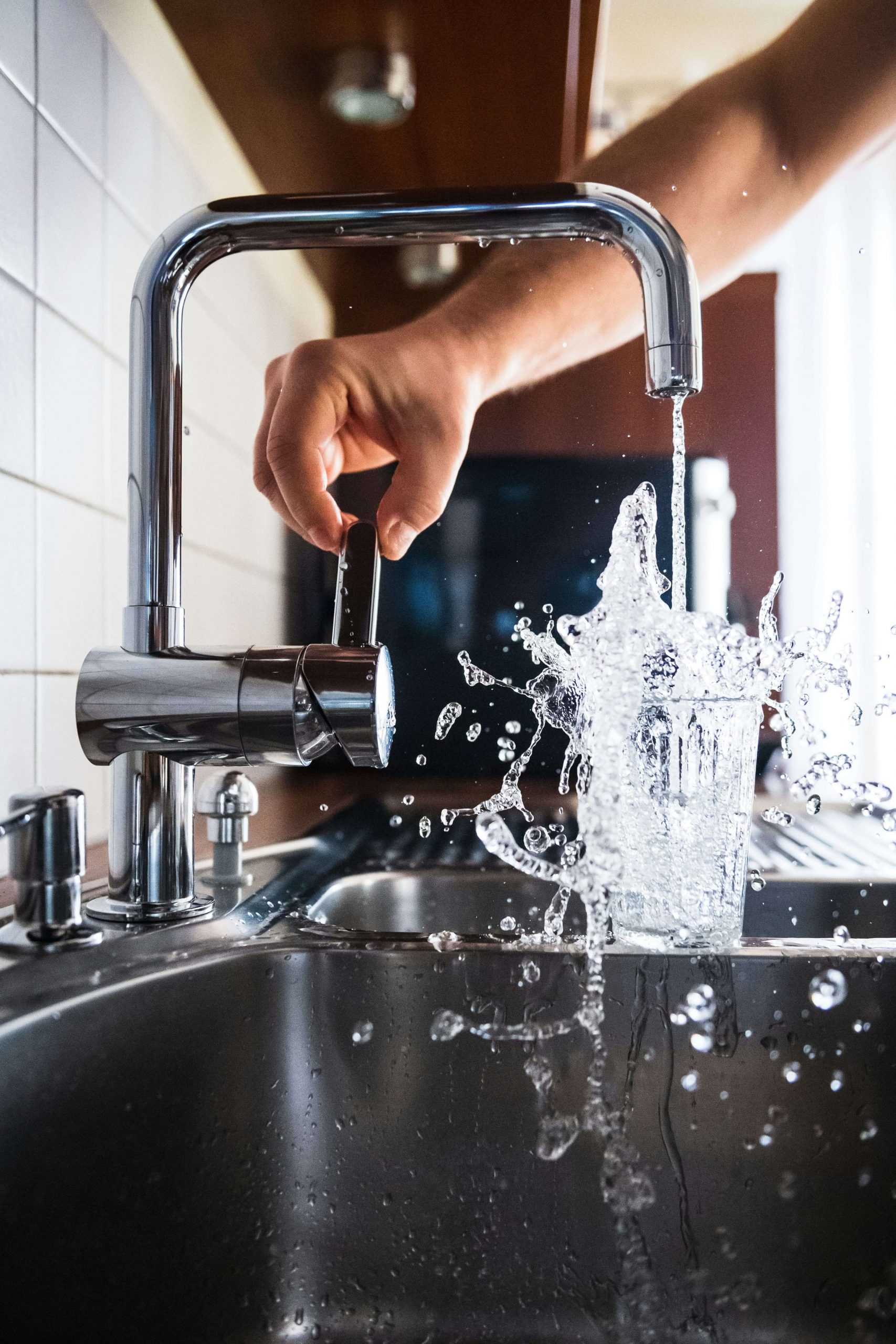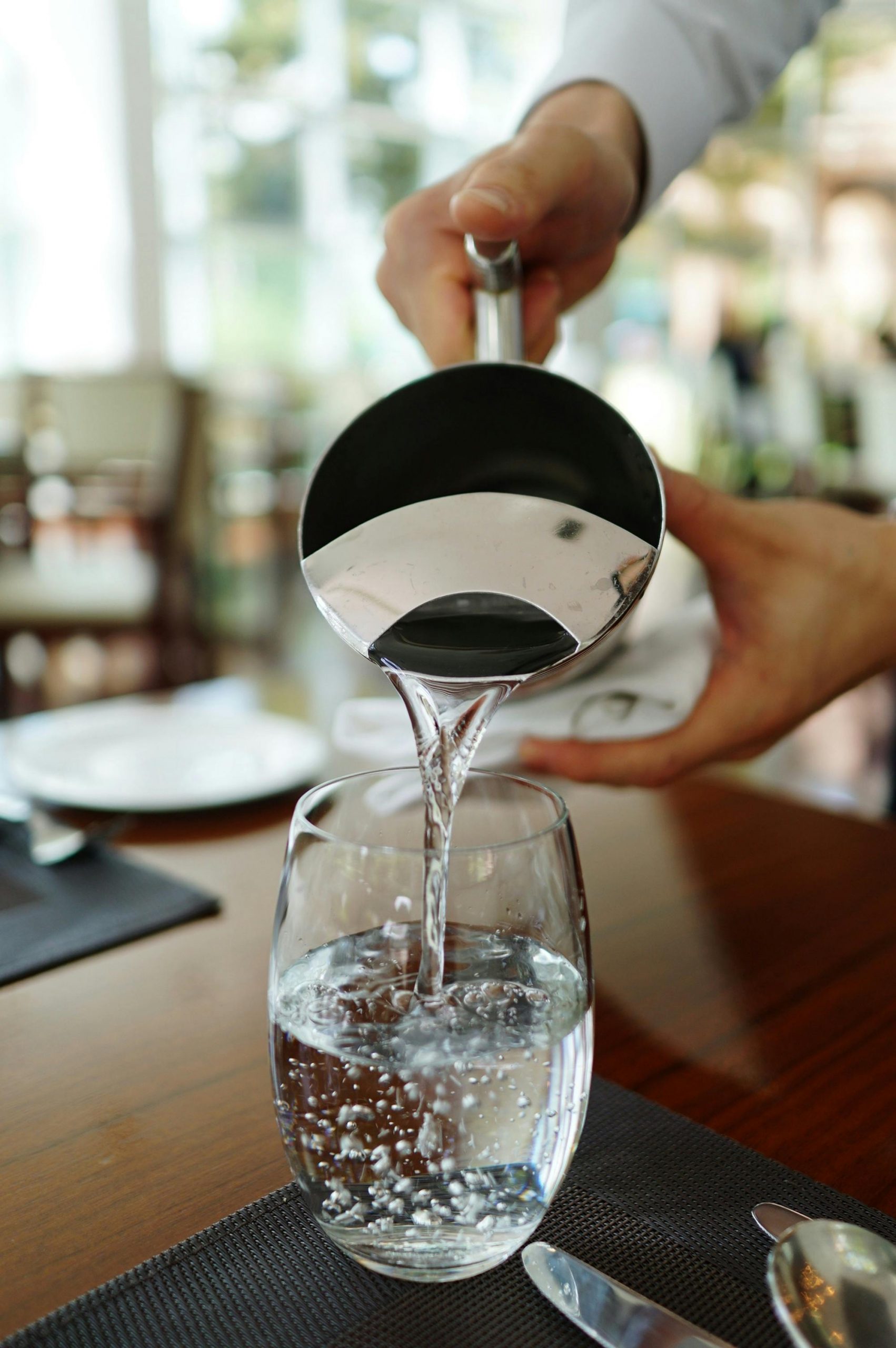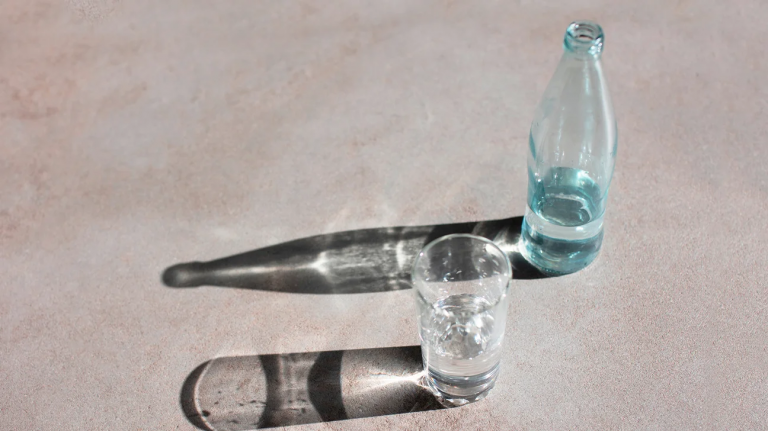Water is essential for life, it’s only natural to want to know more about the sources of the water you use – whether it’s from the tap, or from a spring. Let’s dive into the main differences that you need to know!
Straight from the tap
In South Africa, tap water is water supplied to homes and businesses through a public water system. It undergoes a rigorous treatment process to meet safety standards set by local, state, and federal regulations.
Treatment process: Tap water typically undergoes treatment processes such as filtration, disinfection (often with chlorine or chloramine), and sometimes additional steps like fluoridation to improve dental health. However, this process may strip away beneficial minerals.
Accessibility and convenience: It’s readily available at the turn of a faucet, making it convenient and cost-effective compared to bottled water options.
Regulation: Public water systems are closely monitored and regulated, ensuring that tap water meets safety standards for contaminants like bacteria, heavy metals, and chemicals.
Environmental impact: Choosing tap water reduces plastic waste associated with single-use bottled water, making it an environmentally friendly choice.

From the spring
Spring water, on the other hand, comes from underground sources naturally flowing to the earth’s surface. It’s often marketed as a pure and natural alternative to tap water, with the following qualities:
Source: Spring water is sourced from naturally occurring underground springs, where it may collect minerals as it moves through rock formations.
Mineral content: It often contains minerals like calcium, magnesium, and potassium, which proponents argue provide health benefits beyond hydration.
Taste: Many people prefer the taste of spring water, describing it as cleaner or fresher due to its natural sourcing. Spring water stands out for its crisp taste.
Purity: Some consumers perceive spring water to be purer than tap water, associating it with untouched natural sources.
Health tip: Companies like Mountain Falls and Acquabox prioritize water integrity, employing advanced filtration systems to remove contaminants without compromising minerals. Bottling ensures freshness and safety, using high-quality, food-grade materials.

Is there a right choice?
The choice between tap water and spring water ultimately depends on various factors, including personal preference, convenience, and health considerations:
Safety: Both tap water and spring water can be safe to drink when sourced from regulated systems or reputable brands. Tap water is rigorously tested and regulated, ensuring it meets safety standards. Spring water should come from protected sources and undergo testing to confirm its purity.
Health considerations: The mineral content in spring water can provide trace elements beneficial to health, but these can also be obtained through a balanced diet.
Environmental impact: Opting for tap water reduces plastic waste associated with bottled water consumption, contributing positively to environmental sustainability.
Cost and Convenience: Tap water is generally more affordable and easily accessible than bottled spring water, making it a practical choice for everyday hydration.
The eco choice
If you are environmentally concerned about the use of plastic bottles, you can rest assured that bottles are now made from recyclable materials to minimising waste. To ensure friendliness to our eco system, products are sustainably sourced.
The decision often boils down to personal preference, environmental concerns, and access to clean water sources. Whether you prefer the convenience of tap water or the perceived purity of spring water, staying hydrated with clean water remains paramount for your health and well-being.
ALSO SEE: Long-life milk vs fresh milk: Which is better and what is the difference?
Long-life milk vs fresh milk: Which is better and what is the difference?
Feature image: Pexels
Article was originally written by Amy Steenkamp for Woman&Home.

